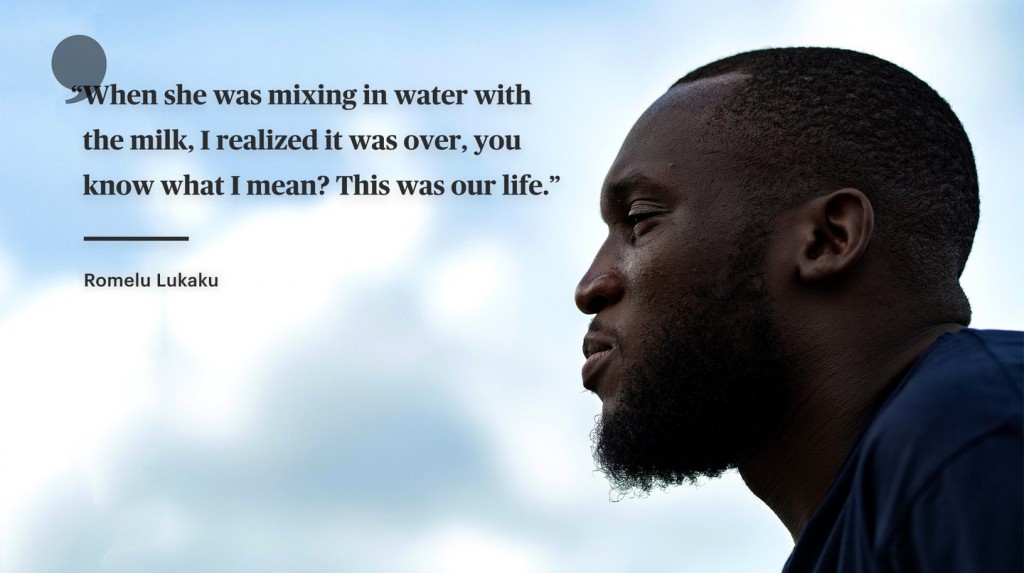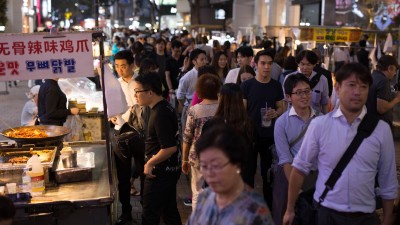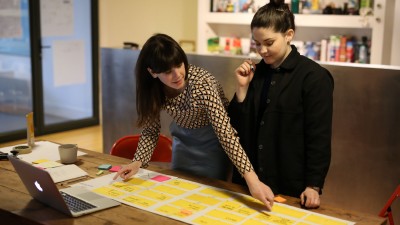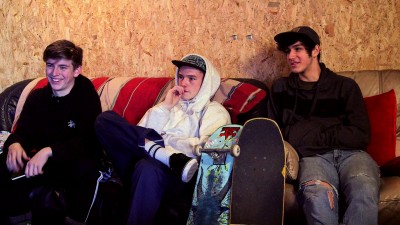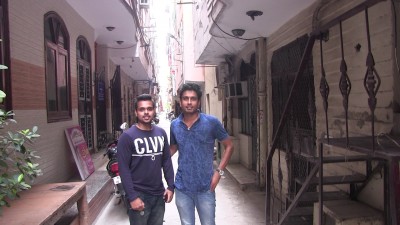In our second installment of Click State, Crowd DNA New York turns to TikTok to uncover learnings from a platform full of politics, creativity and a lot of personality...
This post is part of our Click State series, analyzing conversation online (using our Culture At Scale method) in the lead up to the US election and turning emergent trends into valuable learnings. You can read our first post here.
To uncover the full force behind TikTok, we have to debunk misconceptions – it’s not all lighthearted, silly content, and it’s not just a playspace for Gen Z. Instead, TikTok’s short form layout lends well to disseminating punchy information. If Twitter and Instagram forged the way for concise content, TikTok enables creators to add drama and flair to that same message. The platform’s democratic nature also provides everyone with the ability to post to the homepage. And it’s that accessibility that makes TikTok a level playing field when it comes to mobilizing around the election.
When browsing other social platforms, we see similar memes, clips, headlines and infographics. Yet the content on TikTok is always something new. By conducting social media analysis we can examine those differences further and start to uncover emerging, TikTok based themes around the upcoming election.
Democratizing Knowledge On #TikTokTaughtMe
From iPhone usability hacks to science explained, #TikTokTaughtMe enables users to share and expand their knowledge. This hashtag, paired with others like #Election2020, has given TikTokers a way to quickly educate themselves and others. From how to debate someone with opposing views to what certain laws mean, the hashtag creates a safe space for learning and sharing knowledge. This type of openhearted content highlights TikTok’s ‘come as you are’ ethos. It sets the platform up to welcome a diversity of opinion, while always striving to be better and learn more.

Making The World Smaller
Actor and rapper, Daveed Diggs, released a song denouncing Trump supporters as white supremacists. Users then merged it with the national anthem, which liberal TikTokers from conservative families are now using to confront relatives and catch their reactions on film. This is TikTok making the world feel smaller. Rather than being isolated in a town of people with opposing views, TikTokers are able to take to the platform to feel camaraderie. Such content empowers users to start difficult conversations, knowing they have the support of an online community behind them.

Being Your Authentic Self
TikTok Trump supporters are using #MAGAchallenge to show their love. The videos are varied, but all express proud support regardless of the opinions of others. Many use the song ‘I Like Trump,’ which voices similar sentiment and unifies the posts. In every election, some Americans shy away from voicing support for ‘unpopular’ candidates. But, with TikTok’s vast niches, there’s a place for everyone to express their true selves and feel heard. And when TikTokers feel supported, they feel empowered and free to speak their mind.

By analyzing these themes coming from conversations on TikTok, we can see the ability that social media has to create safe learning environments, build support systems and empower its users. But it is also clear that content can no longer be recycled across all social media outlets.
For brands to cater to their audience in authentic and impactful ways, it’s important to realize each platform’s use cases. Authenticity, empathy and camaraderie are built into all of TikTok’s features. So in a year where there’s a new breaking headline everyday, learning how to wield these features (as well as TikTok’s creativity) will help brand communications cut through.




